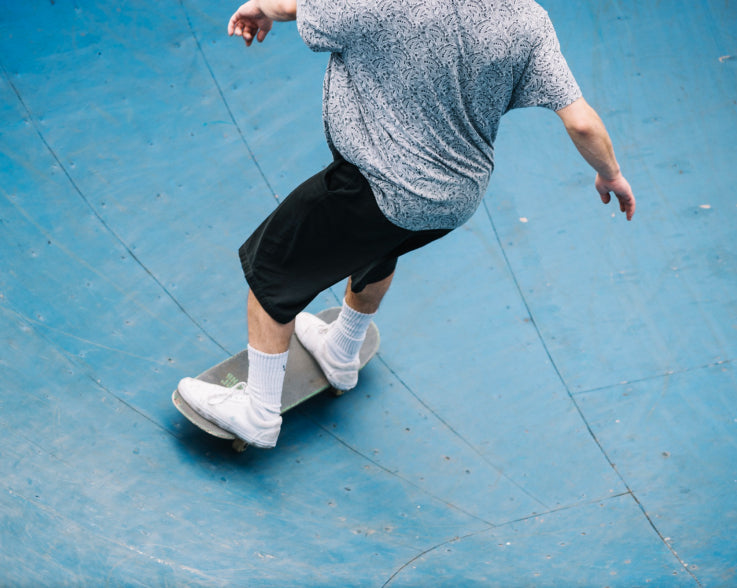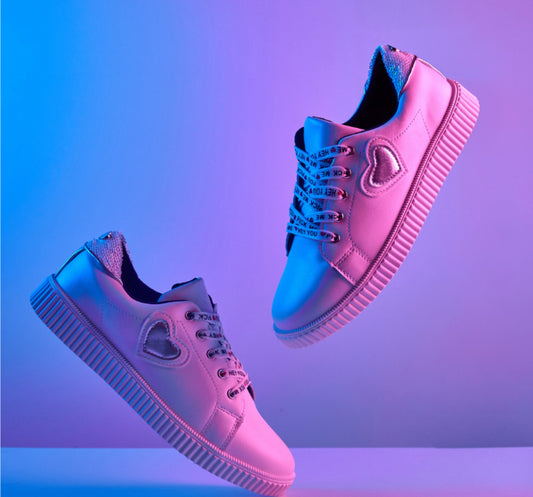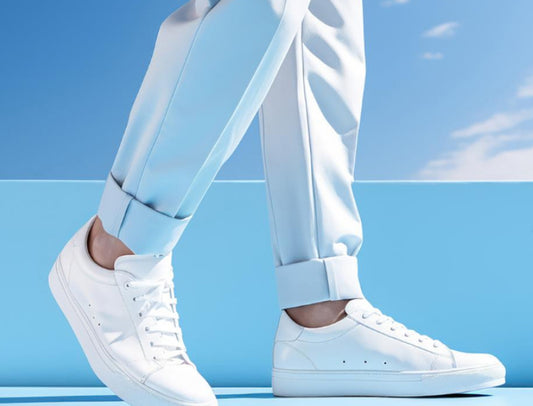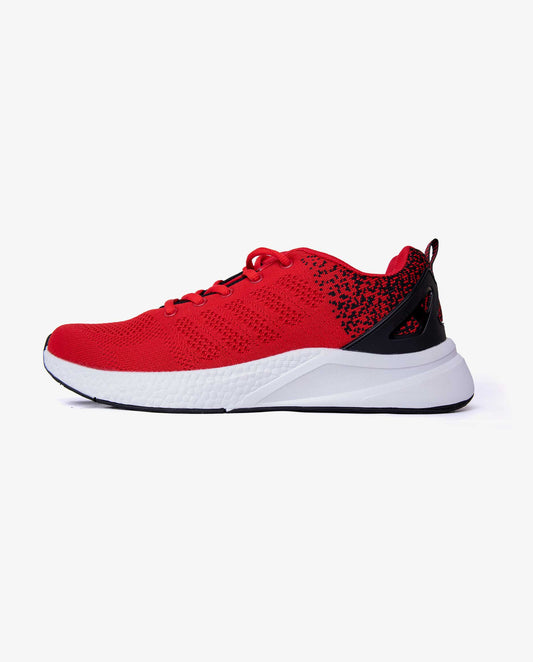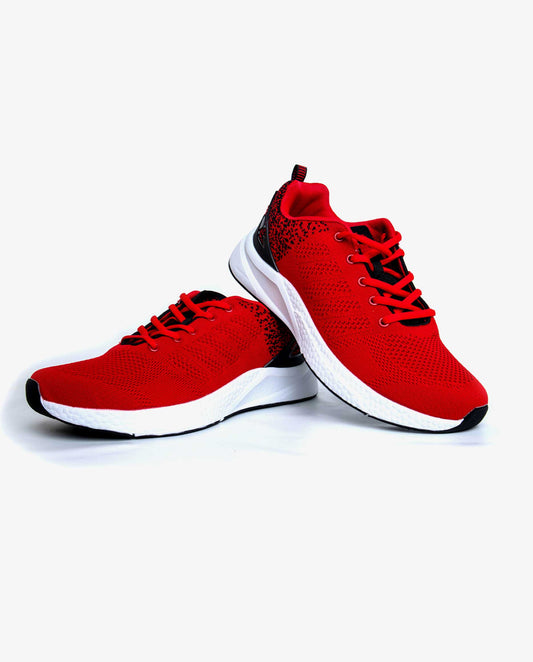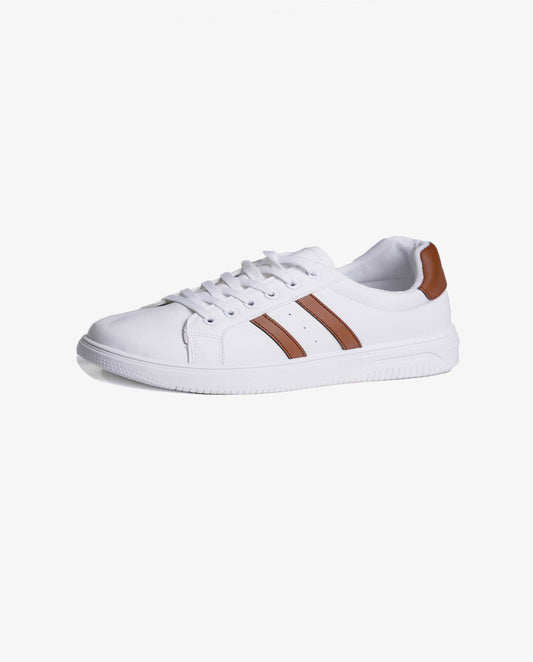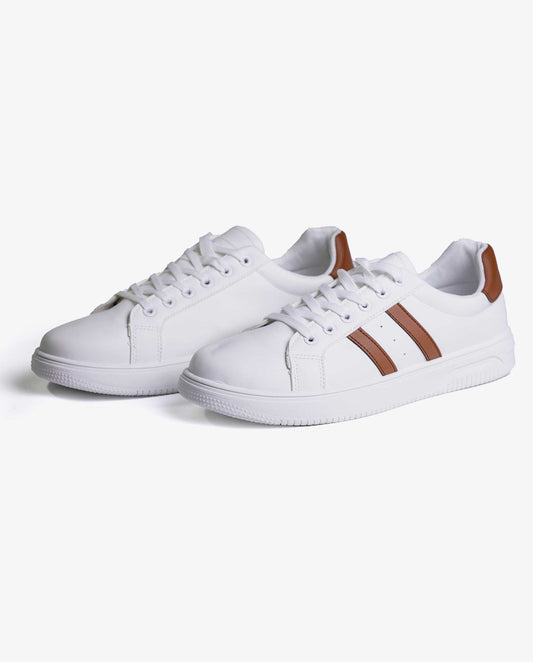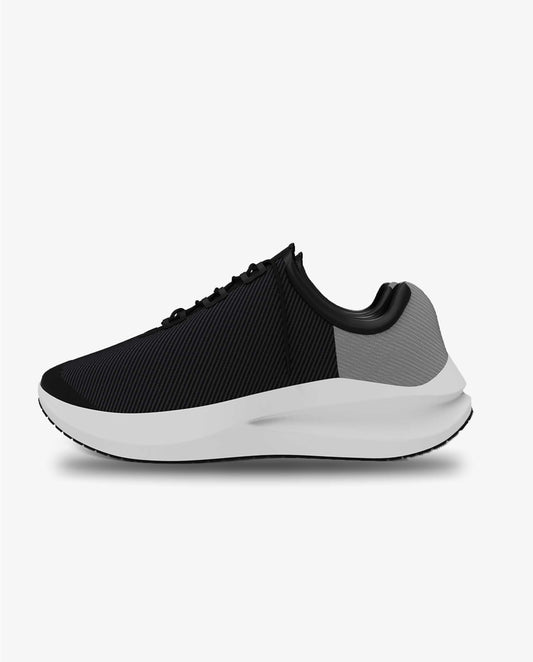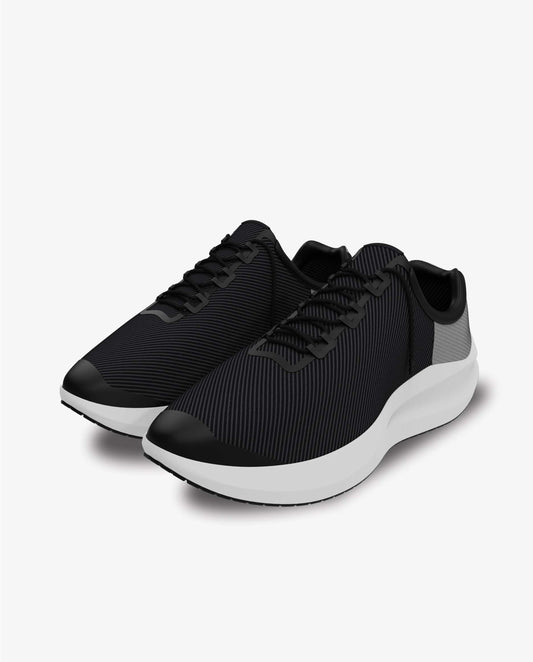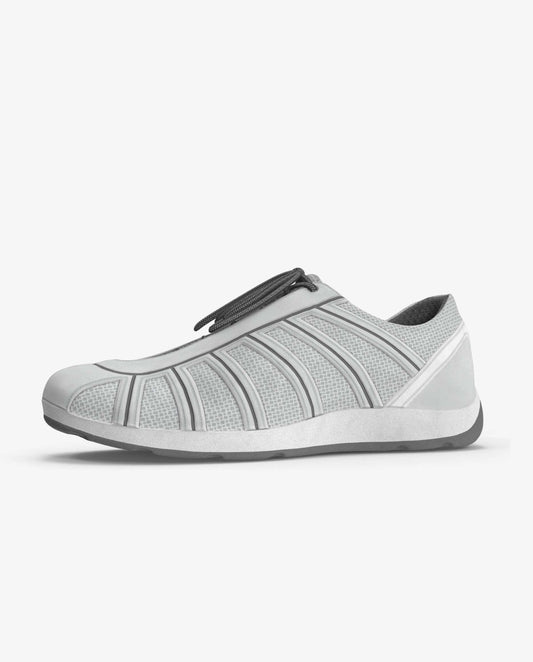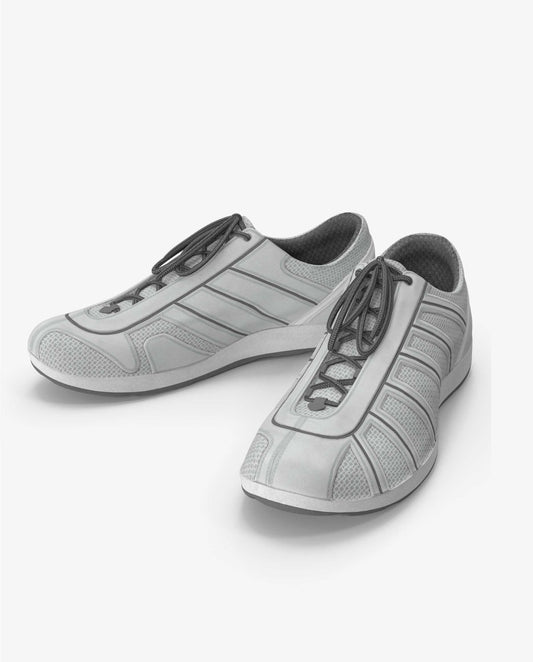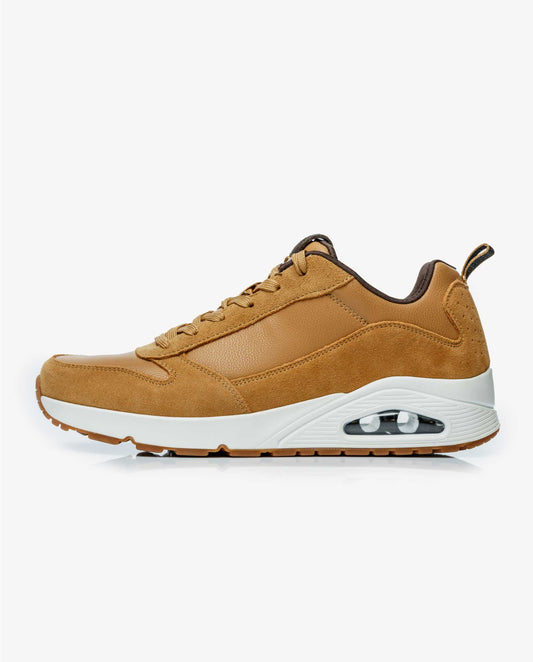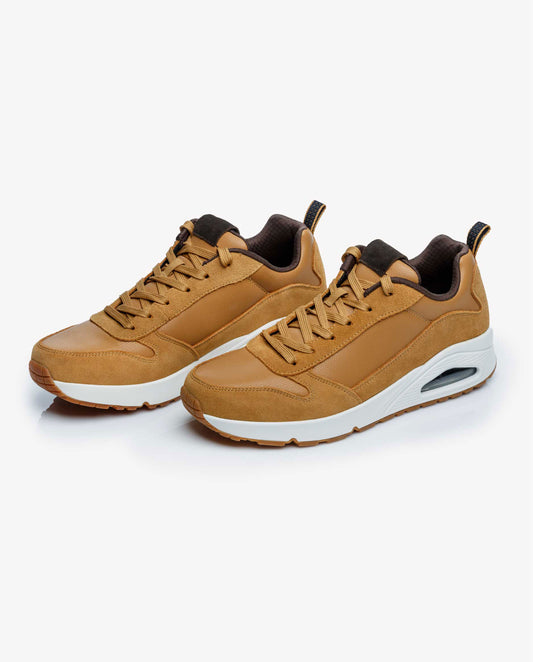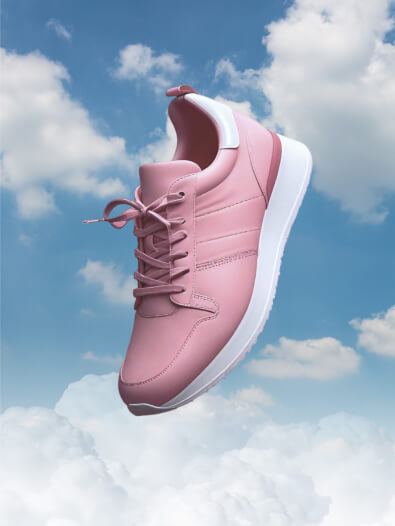Choosing the right shoes isn’t just about style; it’s about comfort, functionality, and even health. Ill-fitting shoes can cause discomfort, pain, and long-term issues like bunions or back pain. Understanding the science behind comfortable shoes can help you find the perfect fit, ensuring you look great while keeping your feet happy.

1. Why Comfort Matters
Your feet carry your entire body weight, absorbing shock with every step. Uncomfortable shoes can disrupt this natural balance, leading to issues such as:
- Foot pain or blisters
- Poor posture
- Joint discomfort in knees and hips
Comfortable shoes support your feet and align your body correctly, improving mobility and reducing fatigue.
2. Anatomy of a Comfortable Shoe
Comfortable shoes are designed with specific features that cater to the anatomy of your feet:
- Cushioning: With the best materials like memory foam, gel inserts, or EVA (ethylene-vinyl acetate) midsoles, it absorbs shock and distributes pressure on the joints.
- Arch Support: Distributes weight evenly and prevents overpronation or supination. Best fit for high arches need more cushioning; flat feet benefit from stability or motion-control shoes.
- Proper Width: Prevents pinching and promotes circulation. How to check is ensure there’s enough room to wiggle your toes.
- Heel and Ankle Support: Stabilizes your foot to reduce strain. A firm heel counter and padded collars.
- Breathability: Keeps feet dry and prevents odor. Mesh uppers or moisture-wicking fabrics.
3. Steps to Find Your Perfect Fit
- Measure Your Feet Regularly: Feet can change size over time due to age, weight, or pregnancy. Measure your feet every time you buy new shoes.
- Shop at the Right Time: Feet swell throughout the day. Try shoes in the afternoon or evening to ensure a proper fit.
- Test for Fit
- Stand and walk around in the shoes.
- Ensure there’s about a thumb’s width of space between your longest toe and the shoe’s front.
- Check for snugness in the heel without slipping.
- Consider Orthotics: Custom or over-the-counter insoles can provide additional support tailored to your needs.
4. Different Shoes for Different Needs
Comfort is also activity-dependent. Here’s what to look for in specific types of footwear:
- Running Shoes: Prioritize cushioning and shock absorption. Opt for lightweight designs with a flexible sole.
- Work Shoes: Look for slip-resistant soles and arch support, especially if you’re on your feet all day. For office settings, choose well-padded insoles and low, stable heels.
- Casual Shoes: Ensure a balance between comfort and style. Loafers or slip-ons with cushioned insoles are great for everyday use.
- Specialty Shoes: Hiking boots should have ankle support and grippy soles. Formal shoes should combine style with comfort features like padded footbeds.
5. Materials Matter
The material of a shoe significantly affects its comfort level:
- Leather: Durable and molds to your feet over time.
- Canvas: Lightweight and breathable for casual wear.
- Synthetic Fabrics: Often engineered for specific activities like sports or running.
6. Signs Your Shoes Don’t Fit
Recognizing an ill-fitting shoe can save you from discomfort and injury:
- Persistent pain or blisters
- Toes feeling cramped or rubbing
- Heel slippage when walking
- Arch pain or lack of support
7. The Role of Technology in Comfortable Shoes
Modern technology has revolutionized footwear, offering features like:
- Memory Foam: Adapts to your foot’s shape for personalized comfort.
- Gel Cushioning: Provides superior shock absorption.
- 3D-Printed Insoles: Customized for your unique foot shape.
- Smart Shoes: Equipped with sensors to track movement and pressure points.
Final Thoughts
Finding the perfect fit isn’t just about aesthetics; it’s a science rooted in understanding your feet and their needs. By focusing on proper fit, materials, and design features, you can choose shoes that provide both comfort and style. Remember, happy feet lead to a happier you, so take the time to invest in the right pair.
Step into comfort and walk your way to better health and confidence!


